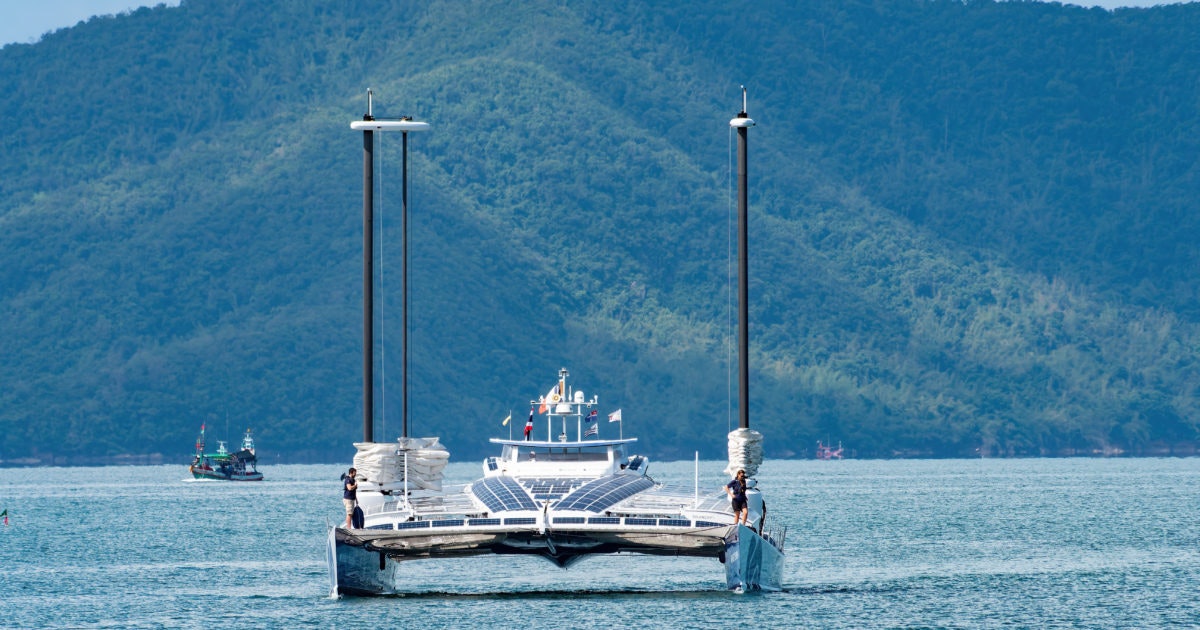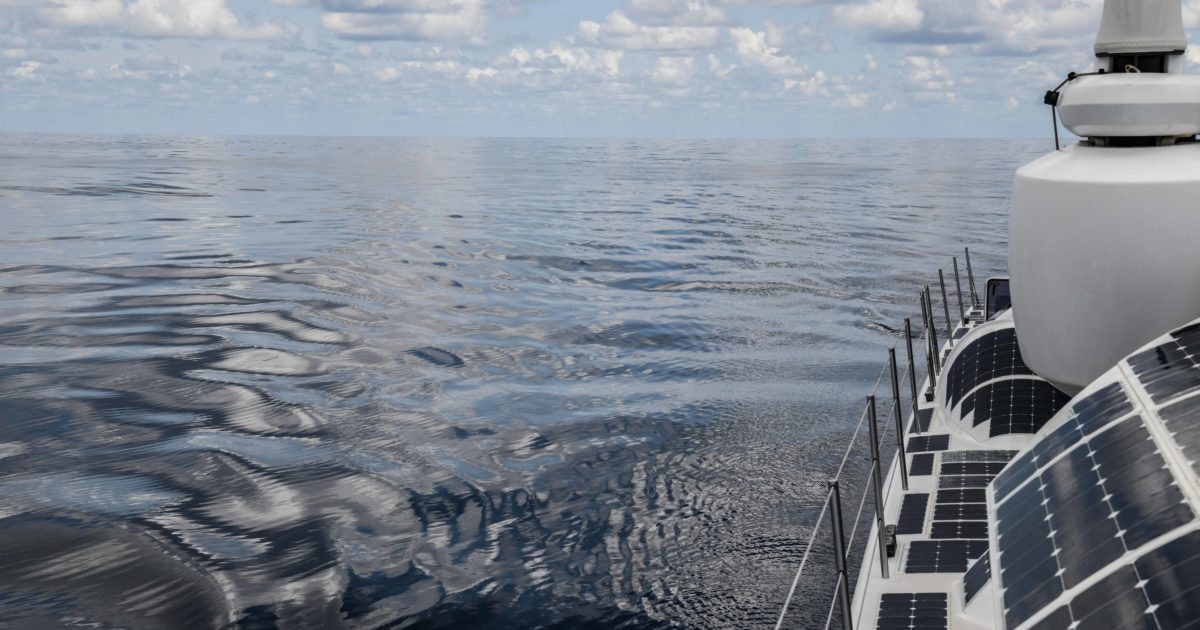Hmm. USEFUL? By "useful," do you mean only positive spins in the desired direction, or data that yields a conclusion even if it's not the desired outcome?
First thing to realize is that this boat has no cargo function and is only a technology test bed that is HIGHLY specialized.
Second thing is that every single conversion of energy results in an efficiency loss. Direct use of PV output is dramatically better than conversion to hydrogen and then burning or running through a fuel cell. Typical electrolysis process is only about 75% efficient... and then you run it through a fuel cell... to get
electricity at about 60% efficiency... so 0.75 * 0.60 = 45% efficient to go from electricity to hydrogen to electricity.
Monumentally fucking stupid unless you hate electricity and only want to use 45% of what you produce.
Some numbers:
28kW of solar = 38 hp
at peak output
Assuming 4.5h/day of peak solar = 126kWh/day
Assuming 12 hours of operation per day, 10.5kW or 14hp continuous for 12 hours.
Add some "sails" and get some "free" wind energy. Use any surplus (at the expense of speed) to run the engines in reverse and generate electricity to produce hydrogen.
Worth noting that even though they indicate a 1700kg storage system with 1000kWh of energy (equivalent 30 gallons of gas), they also indicate that to date, they have generated "
more than half a ton" of hydrogen, or something north of 500kg - not even enough to fill 1/3 of their storage capacity.
Summary:
With a PV array capable of delivering the equivalent of 14hp continuous for 12 hours/day and a couple of funky sails, they have generated the equivalent of about 10 gallons of gasoline worth of hydrogen.
Putting sails on a boat helps reduce it's propulsion demand, but I bet they really hurt PV production.
I see ZERO practical applications for cargo delivery, ESPECIALLY for
small applications.
Interesting website info:
It took us 8 days of sailing to reach Thailand from Singapore. Facing the absence of sun and wind for 5 days, hydrogen once again proved to be an indispensable ally in the ship's energy mix!

www.energy-observer.org
It took them 8 days to go 755 nautical miles from Singapore to Thailand at an average speed of... 4 knots... and they had to CONSUME on board hydrogen while producing NONE to make this happen, i.e., they relied on a consumable to get them there due to poor wind conditions.
In 2021, Energy Observer has broken its record for the longest navigation! Back on 15 000 nautical miles of navigation, from the Atlantic to the Pacific Ocean.

www.energy-observer.org
15,000 nautical miles in 2021... generated 1% hydrogen while consuming 17% and 44% of total production came from sails.
The nerd in me thinks this is awesome. I would have loved being on this project... as long as I knew the backers were 100% okay with no ROI and were doing it for pure science.




